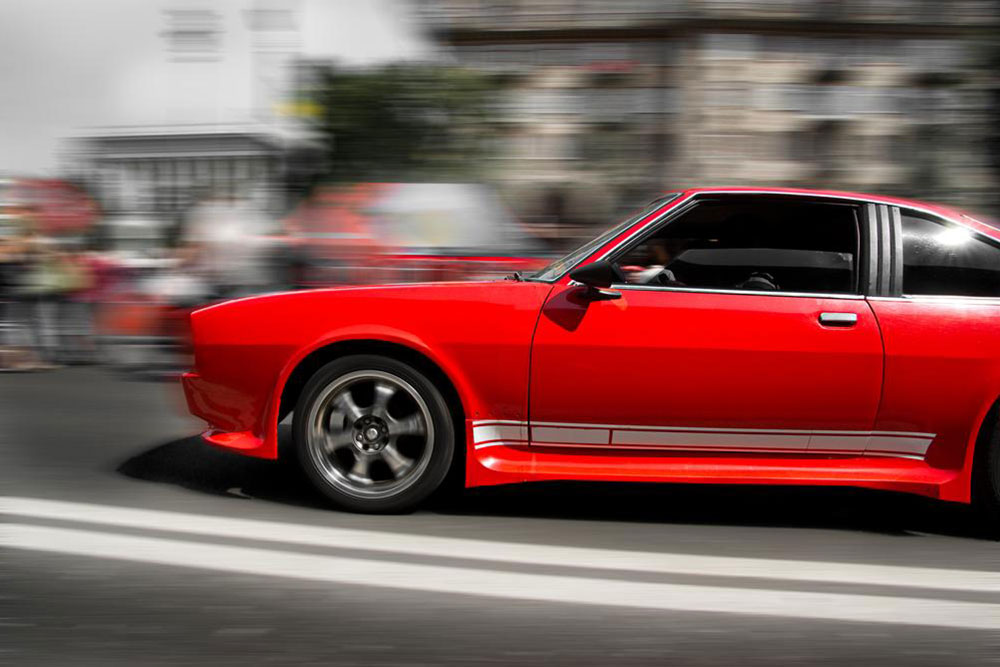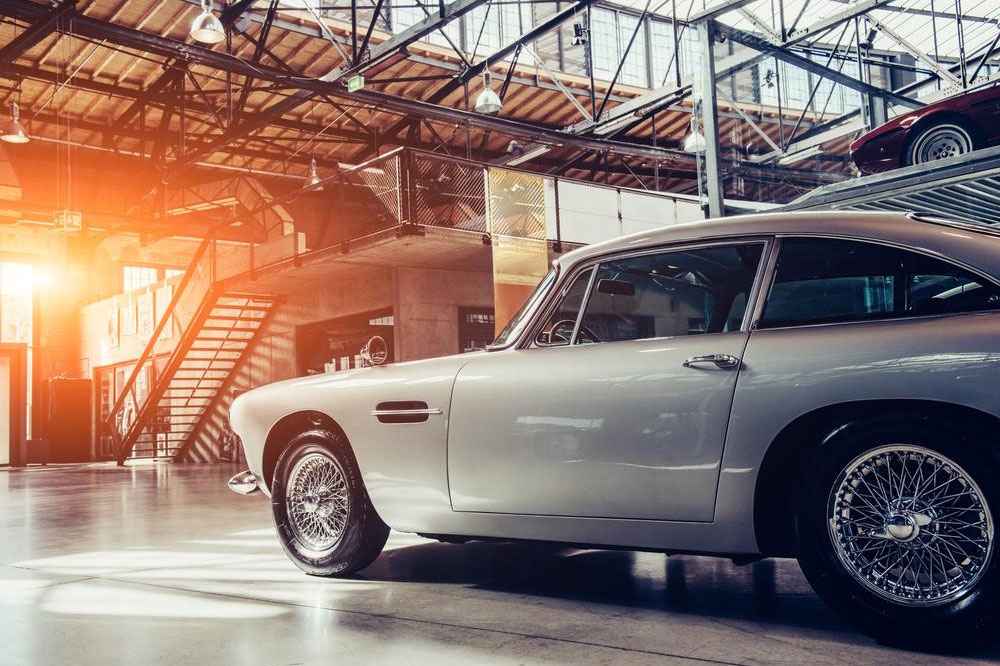Ultimate Guide to the Legendary Ford Mustang: History, Models, and Buying Tips
Explore the comprehensive history, models, and buying tips of the Ford Mustang, the quintessential American muscle car. From its iconic beginnings in 1964 to modern high-performance versions, this guide provides enthusiasts with valuable insights on maintenance, collectible models, and the latest innovations. Whether you’re a seasoned collector or a new buyer, learn how to find, evaluate, and appreciate this legendary car that has inspired generations with its timeless design and exceptional performance.

Ultimate Guide to the Legendary Ford Mustang: History, Models, and Buying Tips
The Ford Mustang stands as one of the most iconic and enduring symbols of American automotive history. Since its inception in 1964, this legendary muscle car has captured the imagination of car enthusiasts worldwide. Its distinctive design, powerful performance, and cultural significance have propelled it to legendary status, making it a must-have for collectors and everyday drivers alike. This comprehensive guide delves into the fascinating history of the Ford Mustang, explores the various generations and models, and provides valuable tips for purchasing a used Mustang, whether you’re a seasoned collector or a new enthusiast.
**History and Origins of the Ford Mustang**
Introduced in April 1964 at the New York World’s Fair, the Ford Mustang was an immediate sensation. Created under the direction of Lee Iacocca, the Mustang was designed to appeal to younger drivers seeking an affordable, stylish, sporty vehicle. Built on the Ford Falcon platform, the early Mustangs were characterized by their long hoods, short rear decks, and sporty stance, which quickly became iconic. Starting with a modestprice point, the Mustang was marketed as a fun-to-drive, customizable car, setting it apart from other vehicles of its era.
Over the decades, the Mustang has evolved through numerous generations, each adding new features, styling cues, and technological advancements while maintaining its classic appeal. Its affordability, ease of maintenance, abundant parts, and strong community support have made it a popular choice among car enthusiasts and collectors worldwide.
**Evolution Through the Generations**
The Mustang has undergone multiple redesigns since its debut, roughly categorized into distinct generations, each representing a different era of automotive innovation:
First Generation (1964-1973): The original Mustang featured a simple yet stylish design, with options for fastback, convertible, and coupe models. Notable variants included the Shelby GT, Boss models, and the Mach 1. Powertrain choices ranged from inline-six engines to V8s, with the legendary 289 and 390 cubic inch engines.
Second Generation (1974-1978): Known as the Mustang II, this era focused on smaller, more fuel-efficient models due to oil crises. Despite toned-down styling, it retained the Mustang spirit with a range of engine options.
Third Generation (1979-1993): This period saw more aerodynamic styling, increased comfort, and improved safety features. The 5.0-liter V8 from the Fox body was especially popular for performance enthusiasts.
Fourth Generation (1994-2004): The SN-95 platform introduced modern design elements, improved chassis, and refined interiors. Popular models included the Cobra and the GT, which retained the V8 powertrain.
Fifth Generation (2005-2014): Retro-inspired styling called back to the classic muscle car aesthetic, with the addition of modern amenities and safety features. The 2010-2014 models introduced significant technological upgrades, including better suspension and handling.
Sixth Generation (2015-present): featuring sharp styling, advanced technology, and impressive performance. Available in various trims including EcoBoost®, GT, and Shelby versions, the latest Mustangs continue to honor their heritage while embracing innovation.
**Modern Features and Performance**
Today’s Mustangs boast impressive performance capabilities and modern technologies. Depending on the model, engines range from turbocharged V6s (EcoBoost®) to formidable V8s in the GT and Shelby variants. Standard features include premium audio, digital displays, adaptive suspension, driving modes, and advanced driver assistance systems. The latest Mustangs also offer improved handling, thanks to modern independent rear suspensions and sophisticated stability control systems.
**Collectibility and Classic Models**
Classic Ford Mustangs from 1966 to 2018 are highly sought after, especially rare editions or those with low mileage and original parts. Online auctions and specialty dealerships often feature vintage models, allowing enthusiasts to own a piece of automotive history. The availability and pricing of used Mustangs vary widely based on year, condition, rarity, and modifications. Generally, prices can start as low as around $5,000 for older models in need of restoration and go upward of $40,000 or more for well-maintained or collector's editions.
**Buying a Used Ford Mustang: Tips and Considerations**
If you are considering purchasing a used Mustang, there are some critical factors to consider. The specifications and features of a Mustang can differ significantly from one model year to another, impacting both performance and cost. For example, models from after 2011 tend to offer more powerful engines, such as the 3.7-liter V6 with 305 horsepower or the 5.0-liter V8 producing up to 420 horsepower, especially in the 2013 GT. These models generally feature improved interior comforts, advanced safety systems, and modern styling cues.
When inspecting a used Mustang, pay attention to the condition of the suspension, brakes, and engine. Ensure that the vehicle has a clean maintenance history, especially if it’s a high-performance variant like the Shelby. Consider test-driving the vehicle to check for any unusual noises or handling issues. It’s also advisable to have a professional inspection to assess the mechanical condition thoroughly.
Pricing for used Mustangs varies based on several factors, including model year, mileage, modifications, location, and overall vehicle condition. Typical prices range from as low as $5,000 for earlier or project cars to upwards of $40,000 for pristine, low-mileage variants or special editions. Online platforms, auctions, and specialty dealerships are excellent sources for finding Mustangs for sale.
**Maintenance and Ownership Costs**
One reason for the Mustang's popularity is its reasonable maintenance costs. Parts are widely available and relatively affordable, especially compared to other American muscle cars. Routine maintenance includes oil changes, brake service, suspension checks, and periodically replacing wear-and-tear components. Performance models may require more frequent or specialized maintenance, so owning a Mustang—whether stock or modified—requires a certain level of mechanical attentiveness.
**Conclusion**
The Ford Mustang remains an iconic testament to American automotive ingenuity. From its seminal days in the 1960s to today’s technologically advanced models, it continues to inspire car enthusiasts around the world. Whether you’re interested in a vintage classic or a modern muscle car, the Mustang offers a thrilling driving experience, a rich history, and excellent value for enthusiasts willing to invest in maintenance and care.
Owning a Mustang is more than just having a vehicle; it’s embracing a legacy that has stood the test of time. With countless models, aftermarket accessories, and a vibrant community of enthusiasts, the Ford Mustang continues to embody the spirit of freedom and performance that made it an American icon.





